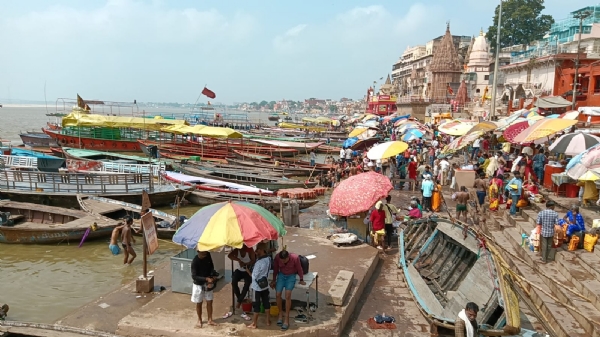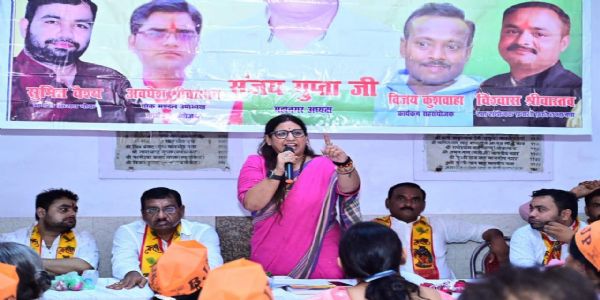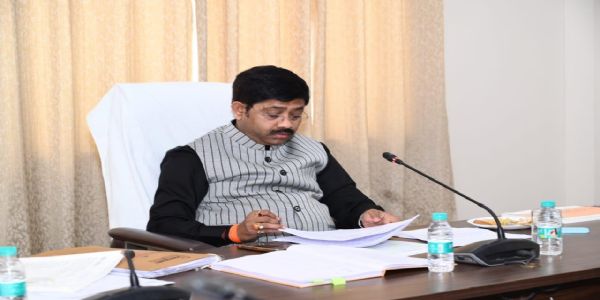
Varanasi,
6 July (HS): On the auspicious occasion of Ashadh Shukla Ekadashi or
Harishayani Ekadashi, on Sunday, devotees in the holy city of Kashi took a holy
dip in the Ganga and worshipped Lord Vishnu -- did charity and observed a fast.
With this, the four-month long 'Chaturmas' fast of saints and good householders
has also begun, which will continue till Kartik Shukla Ekadashi
(Hariprabodhini).
From
Harishayani Ekadashi, Lord Vishnu goes into Yog Nidra in Kshirsagar. During
this time, all auspicious and mangal works come to a halt. Mangal works like
marriage, Grihapravesh, Mundan, Yajnopaveet etc. will now be performed only
after Kartik Shukla Ekadashi.
Chaturmas:
Four months of meditation and restraint: The period of Chaturmas is considered
extremely sacred in Sanatan Dharma. During this period, saints and mahatmas
stay in their ashrams or monasteries and do penance, chanting and worship Shri
Hari. They recite Shri Vishnu Sahasranama, Shri Vishnu Chalisa, Purushsukta,
Vishnu Mantras and lead a restrained life.
Householders
also observe the Chaturmasya fast. They give up tamasic food items like leafy
vegetables, curd in the month of Bhadrapad, milk in the month of Ashwin and
brinjal during this period. The vratis usually sleep on the ground and eat
satvik food once a day.
Mahadev
controls the universe: According to Dr. Mridul Mishra of Shiv Aradhana Samiti,
during Chaturmas, Lord Vishnu remains in Yog Nidra, in such a situation Lord Shiva
controls the universe. This is why this period is also considered special for
Shiva worship and meditation. According to mythological beliefs, Lord Vishnu
lived in Patal Lok as per the boon given to King Bali. This is why this time is
considered to be the period of his Yog Nidra.
Best
time for spiritual practice: Dr Mishra said that the Chaturmas period is the
best time for self-introspection, spiritual practice, reading of religious
texts, sensory control, satvik diet and pious deeds. Attempts are made to
elevate the soul through reading of Ramayana, Shrimad Bhagwat Geeta and other
religious texts, pilgrimage, service and charity. In Sanatan Dharma, this
period is not only for fasting and sacrifice, but also an opportunity to make
life more satvik, disciplined and Godly.
Hindusthan Samachar / Abhishek Awasthi








